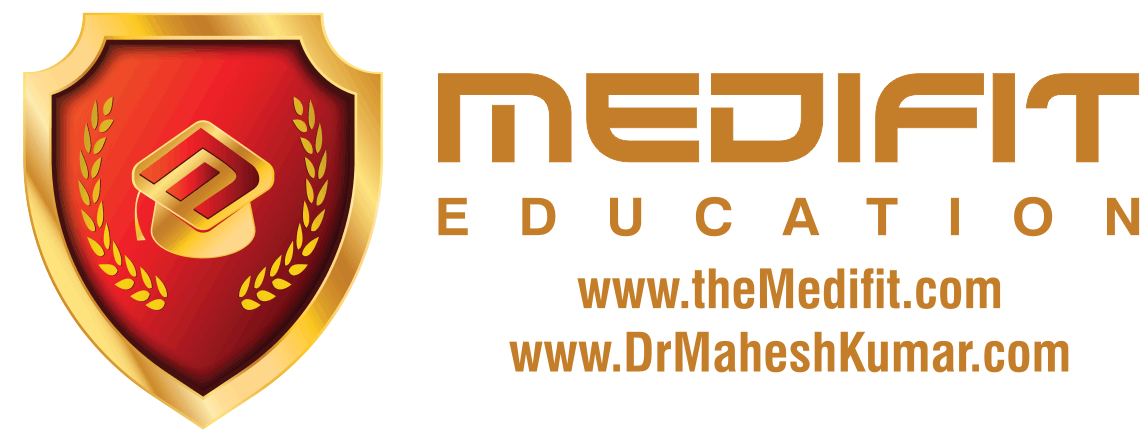The thyroid gland is a butterfly-shaped organ located in the base of your neck. It releases hormones that control metabolism—the way your body uses energy. Hormones are the body’s chemical messengers. They travel in your bloodstream to tissues or organs to affect many different processes, including Growth and development Metabolism – how your body gets energy from the foods you eat Sexual function Reproduction Mood The thyroid’s hormones regulate vital body functions, including: Breathing Heart rate Central and peripheral nervous systems Body weight Muscle strength Menstrual cycles Body temperature Cholesterol levels and more The thyroid gland is about 5 cm long and lies in front of your throat below the prominence of thyroid cartilage sometimes called the Adam’s apple. The thyroid has two sides called lobes that lie on either side of your windpipe, and is usually connected by a strip of thyroid tissue known as an isthmus. Some people do not have an isthmus, and instead have two separate thyroid lobes. How the Thyroid Gland Works The thyroid is part of the endocrine system, which is made up of glands that produce, store, and release hormones into the bloodstream so the hormones can reach the body’s cells. The thyroid gland uses iodine from the foods you eat to make two main hormones: Triiodothyronine (T3) Thyroxine (T4) It is important that T3 and T4 levels are neither too high nor too low. Two glands in the brain—the hypothalamus and the pituitary communicate to maintain T3 and T4 balance. The hypothalamus produces TSH Releasing Hormone (TRH) that signals the pituitary to tell the thyroid gland to produce more or less of T3 and T4 by either increasing or decreasing the release of a hormone called thyroid stimulating hormone (TSH). When T3 and T4 levels are low in the blood, the pituitary gland releases more TSH to tell the thyroid gland to produce more thyroid hormones. If T3 and T4 levels are high, the pituitary gland releases less TSH to the thyroid gland to slow production of these hormones. Why do we Need a Thyroid Gland T3 and T4 regulate your heart rate and how fast your intestines process food. So if T3 and T4 levels are low, your heart rate may be slower than normal, and you may have constipation/weight gain. If T3 and T4 levels are high, you may have a rapid heart rate and diarrhea/weight loss. If too much T3 and T4 in your body (hyperthyroidism): Anxiety Irritability or moodiness Nervousness, hyperactivity Sweating or sensitivity to high temperatures Hand trembling (shaking) Hair loss Missed or light menstrual periods Some people might experience exopthalmus; If too little T3 and T4 in your body (hypothyroidism): Trouble sleeping Tiredness and fatigue Difficulty concentrating Dry skin and hair Depression Sensitivity to cold temperature Frequent, heavy periods Joint and muscle pain Call your doctor immediately if you’re suffering from any symptoms of the mentioned above. All the best Subscribe to official Alyaa Gad channel : http://bit.ly/AlyaaGad Follow Alyaa Gad : http://www.afham.tv https://www.facebook.com/dr.AlyaaGad https://twitter.com/AlyaaGad
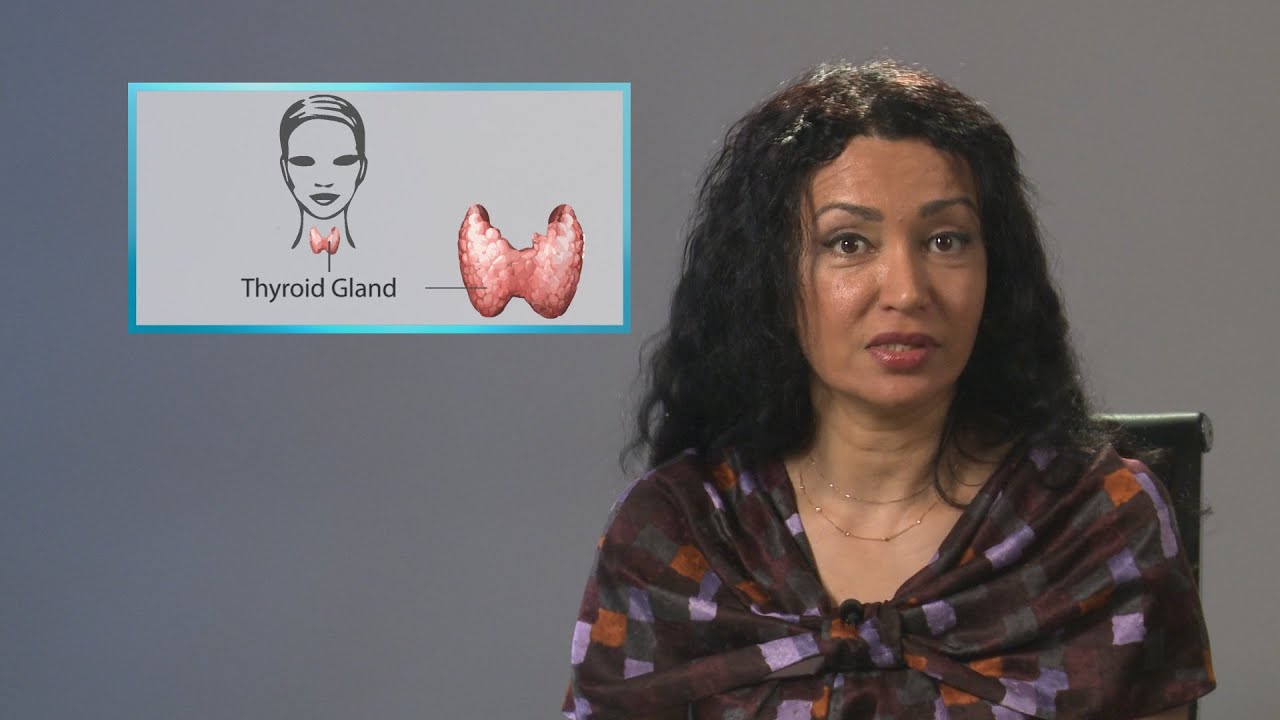
Alyaa Gad – Thyroid Gland
- Post author:
- Post published:June 2, 2021
- Post category:Uncategorized
- Post comments:0 Comments
You Might Also Like
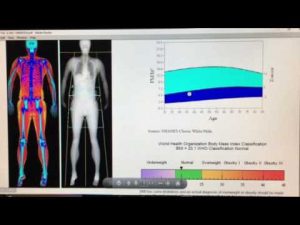
Dexa Scan Explanation

Estrogen Metabolism
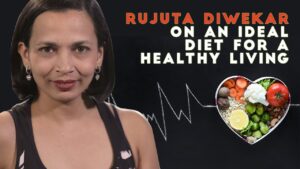
Sugar Free, Low Sugar Video – 13

Bodybuilding Nutrition, Diet Recipes & Workout – 49

The Right Way To Bicycle Crunch | Bicycle Crunch | Crunch | Fitness Video | How to Crunch? I OZiva
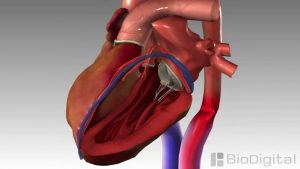
3D Medical Animation – Congestive Heart Failure

What are Anabolic Steroids?

Dr. Michael Martins Tells About Silymarin For Liver

Adductor Machine-6

Glutamine: Health Benefits & Muscle Recovery- Thomas DeLauer
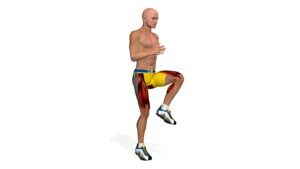
Best Cardio Exercises: High Knees Running In Place

How To: Wall-Sit
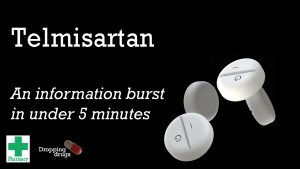
Telmisartan information burst
![Read more about the article Osteoporosis [Bone Disease] | Simple & Effective Natural Home Remedies for Osteoporosis & Arthritis](https://videos.drmaheshkumar.com/wp-content/uploads/2021/05/Osteoporosis-Bone-Disease-Simple-Effective-Natural-Home-Remedies-for-Osteoporosis-Arthritis-300x169.jpg)
Osteoporosis [Bone Disease] | Simple & Effective Natural Home Remedies for Osteoporosis & Arthritis
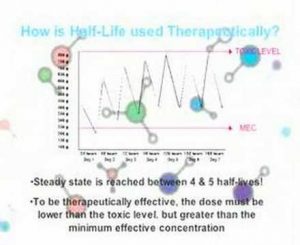
Pharm Team Alisa Half-Life
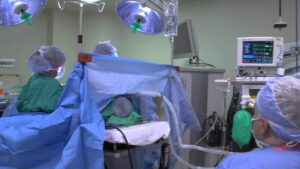
Plastic Surgery Video – 2
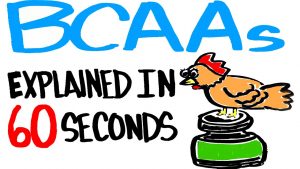
BCAAs Explained in 60 seconds – Should You Supplement With BCAAs?
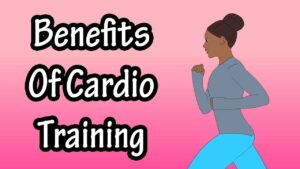
Cardio Exercise Video – 3
Lactation
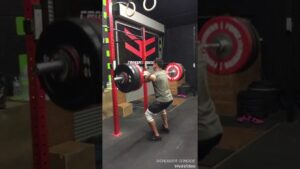
Cuban weightlifting Programing
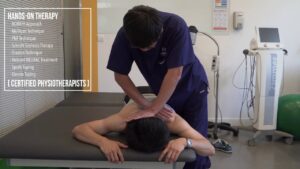
Physiotherapy in Rehabilitation Video – 11
Hyper Extension With Machine
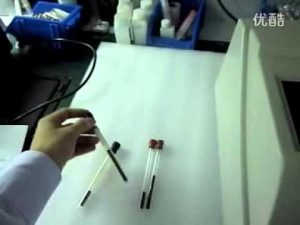
ESR XC A30 for Greiner tube 标清

Bioavailability (F) – Pharmacokinetics
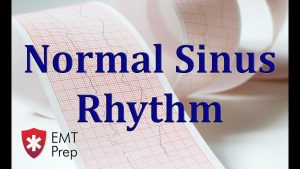
Normal Sinus Rhythm ECG – EMTprep.com

Plastic Surgery Video – 4

Making A Yoga Routine Video – 4

Concentration Curls On A Swiss Ball
Sports

Ct Angiography full Video | StarImaging & Path Labs
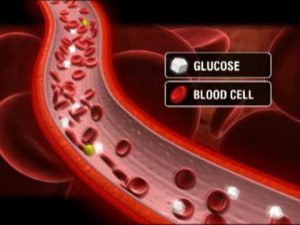
What is Type 1 Diabetes?
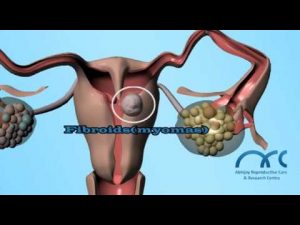
Hysterosalpingogram Procedure | Hysterosalpingogram Video – ARC Chennai

Performer 5 Pills – Increase Semen & Sperm Volume

Equestrian Video – 4

What Is The Definition Of ESR – Medical Dictionary Free Online
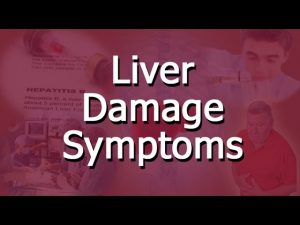
Liver Damage Symptoms

PetSolutions: Prime Vitamin, Mineral, Amino Acid Supplement

Seated Rear Delt Machine

HGH, Growth Hormones & Plant Hormones Video – 46

Are BCAA’s Worth It? (Branched Chain Amino Acids Review)

Back Flexibility Video

